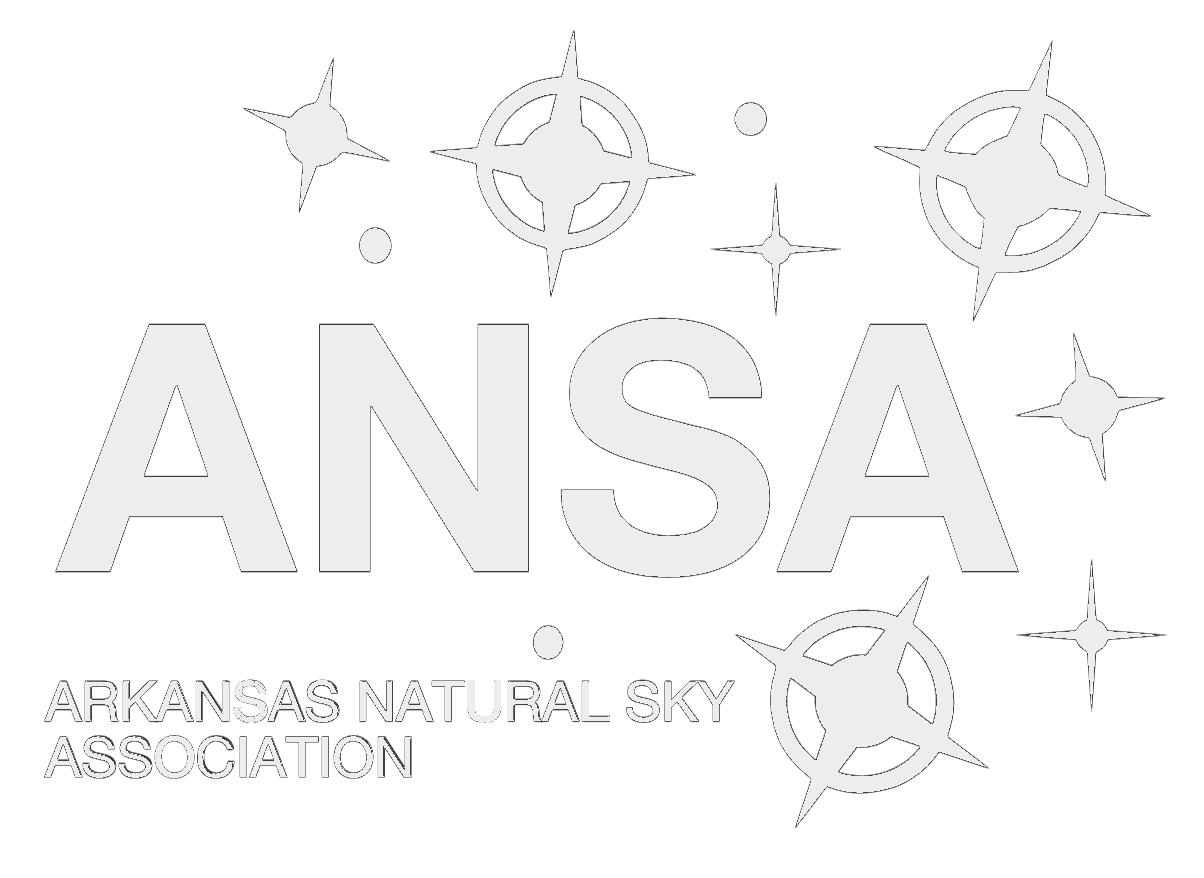Citizen Science – Monitoring Sky-Glow
Three ways to monitor Sky Glow.
The rapid spread of light pollution is a significant environmental concern. Monitoring sky glow has scientific value. Sci Rep. 2013; 3: 1835. Amateur sky watchers can contribute useful data.
Visual estimates - The citizen science Globe at Night initiative, sponsored by the National Science Foundation and run by the National OIR Lab, provides a means for visual observers to make estimates of Sky Glow that will help scientists map and track global light pollution. There are several ways to contribute visual observations. One is by downloading charts from the Globe at Night website. A second is to download the Globe at Night app for your smartphone or tablet. The app provides the sky charts and automates the upload of your results. A Third is the "Loss of The Night" App smartphone app, which guides you to selected progressively dimmer stars and uploads your findings. In all three cases, the dimmest star visible determines the level of sky glow. A side benefit is observers will learn the night sky's principal constellations. The Loss of The Night app only goes to magnitude 5.2, so it is limited to monitoring urban and suburban skies. But those are where scientists may find the greatest biological impacts for study.
iPhone Sky Meter - The Dark Sky Meter app has been made to turn iPhones (model 5 and later) into sky meters using the phone's cameras. To be reasonably reliable each phone should be calibrated using a dedicated meter described in the next section. Even then accuracy suffers under really dark skies, but still usable, and efforts to approve its accuracy are ongoing.
Unihedron SQM sky meters - The cat's meow for measuring sky glow is the Unihedron sky meter. An order of magnitude more accurate than visual readings, it is also easy to use, simply point the lens to the zenith and press the button. (You should throw out the first couple of readings.) The Globe at Night app noted above can be used to make uploading you're finding less troublesome. Soon you will be able to check these meters out at the Newton and Boone County libraries!
To monitoring Sky Glow accurately you follow the Hints and Suggestions below and visit our page on Sky Glow Lingo. Also, please consider registering with us as a Sky Monitor. We will add you to a community of ANSA observers and monitors.

Hints and Suggestions
First enjoy it – Make your sky monitoring part of a larger interest by learning about the sky. I would recommend visiting Earth and Sky. Also Sea and sky. Consider downloading a free planetarium program for your computer, such as Stellarium. The Central Arkansas Astronomical website has a section for New Observers. Support ANSA with a copy of Learn the Constellations, and of course, there is a world of apps for your smartphone. Take your time, the sky is a big subject. Just learn a little more as you go along.
Wait until it is totally dark – There are actually three twilights, civil, nautical and astronomical. You can find out the time of each of these for a given location and date in several places on the internet, such as Time and Date. But, just waiting until at least an hour after sunset is simple and effective.
Avoid the moon – The moon is a bright lady who hogs the sky stage when she is out. Even a sliver will impact your observation. Again, you can find the lunar rise and set times on the Internet. Globe at Night, makes it simple by designating the evenings during each month when observations should be made so as to avoid the moon. You will learn that the moon is absent from the sky at least part of the evening from about three or four days past full until about that past new. It is absent from the morning sky on the flip side of that period.
Dark-adapt – While not important for those metering the sky, visual observers need to know that their eyes are fully dark-adapted. The pupil adapts quickly to changes in lighting but the eye's sensor system takes time – up to half an hour to fully adapt. Further, even a brief exposure to white light will reverse the process. So step away from direct sources of light, and use a red or amber flashlight, if need to read or write, and allow at least ten minutes for adaption or you will overestimate the skyglow. During that time explore the sky and enjoy – item 1 above.
Sky Meters – Move away from nearby artificial sources of light that might directly impact your readings. With the Dark Sky Meter for iPhone, getting a good “dark” is critical to getting dependable results. You need to totally cover the camera lens on you iPhone. Take five consecutive exposures and estimate or calculate the average of the middle three - disregarding the highest and lowest - and then round to the nearest .1 of a magnitude. With the Unihedron meter, trash the first two readings and then take the five as described and report to the second decimal point.
Final thought - You don't have to make a lot of readings for it to be useful. A number of people making a few observations here and there will get us where we need to go and be a real contribution. Thanks.

